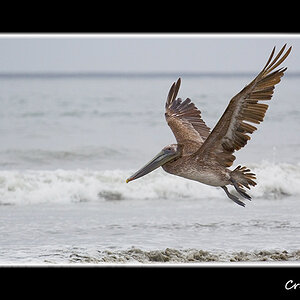I've never used filters before (except for a UV to protect my lens). Having read Ken Rockwell's article on filters, I'm even more confused! Reading books and even this forum's posts on filters confuses me even more.
I think I'm stuck at the basic level - I understand that filters are supposed to enhance a photo, and I sort of know the effects of polarizers, colour filters, etc.
But I don't understand which filter to buy (there seems to be a million different combinations!). I mostly shoot landscape and cityscape shots, both day and night.
I know I should get a graduated ND filter to prevent overexposure of the sky, but what else should I get? I thought about polarizers, but Ken Rockwell's article says they're bad for Fuji Velvia films. I also figured some colour filters would be useful, but all those numbers (81-D and stuff) are pretty confusing.
I think I'm stuck at the basic level - I understand that filters are supposed to enhance a photo, and I sort of know the effects of polarizers, colour filters, etc.
But I don't understand which filter to buy (there seems to be a million different combinations!). I mostly shoot landscape and cityscape shots, both day and night.
I know I should get a graduated ND filter to prevent overexposure of the sky, but what else should I get? I thought about polarizers, but Ken Rockwell's article says they're bad for Fuji Velvia films. I also figured some colour filters would be useful, but all those numbers (81-D and stuff) are pretty confusing.


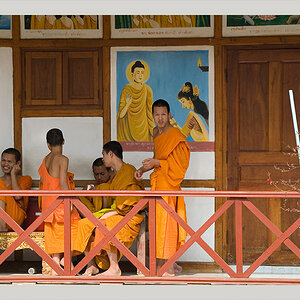
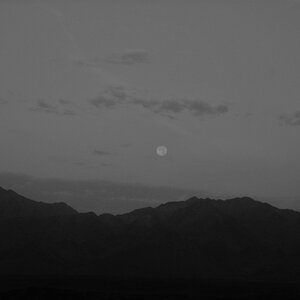

![[No title]](/data/xfmg/thumbnail/31/31740-83040d547efdbb1f87736f24d2e9985c.jpg?1619734985)
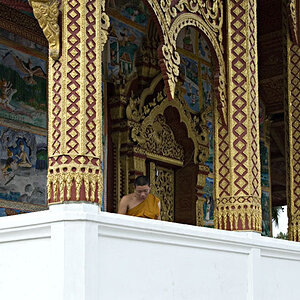

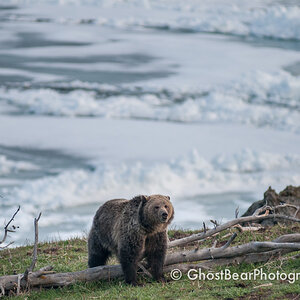
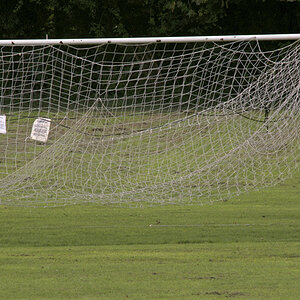
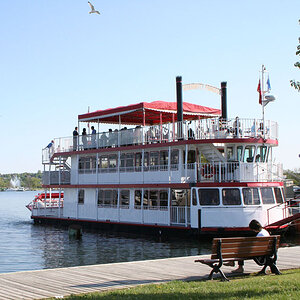
![[No title]](/data/xfmg/thumbnail/31/31046-f1d28c614676726741e90ce5b420a03e.jpg?1619734586)
